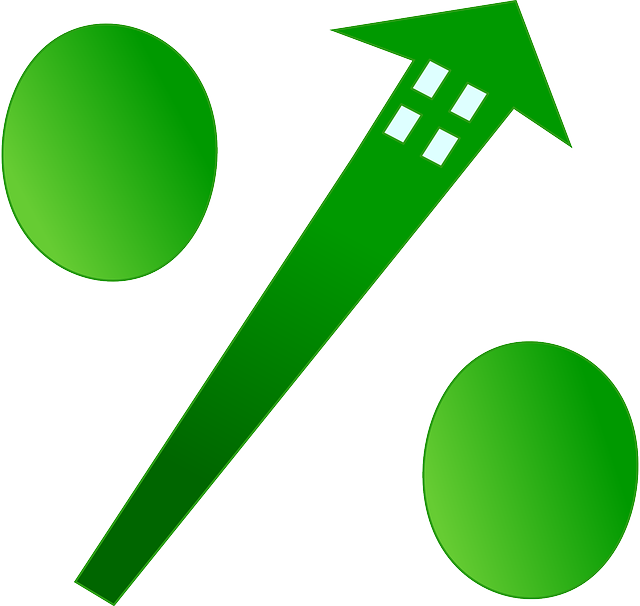When shopping for a mortgage, be mindful that an advertised interest rate is not the same as your loan’s annual percentage rate or APR. Most homebuyers today are unaware of the differences. Knowing the difference can help save money on your mortgage.
Interest rate can be variable/adjustable or fixed, constant for the terms of your loan. It is always shown as a percentage (%) and is the cost of borrowing the loan amount. APR includes interest rate and other costs, such as discount points, closing costs and broker fees. The Federal Truth in Lending Act (TILA) requires all lenders to display the APR on all consumer loan agreements. All lenders follow the same rules so borrowers can use the APR as a good basis for comparing certain types of loans.
What is the main difference? Interest rate is used to calculate what your actual mortgage payment will be. It does not include fees charged to the loan. APR is the annual cost of the loan to a borrower. It is the total cost of your loan, and it is expressed as a percentage, too. Both APR and interest rate have their limitations. As a borrower, it is important to understand just how they work together.
Many borrowers think that the loan with the lowest APR automatically is the best deal. If the mortgage is paid off by the end of the term of the loan, then a low APR works fine.
Don’t look only at the APR in determining what loan is the best for you. If the total cost of the loan is critical to you, than APR should be most important. Those wanting a lower mortgage payment should consider a lower interest rate.
A question to ask yourself: How long do I plan to stay in my home?
Those planning on staying in their home for a long time will benefit most by having a low APR. That is because the loan costs will be distributed over a longer period of time while in your home.Those considering staying for a shorter period of time should consider all options and find the “break-even” point. There are many mortgage calculators online that can help calculate the “break-even” point for borrowers.
With regards to interest rates, no one can predict what will happen in the future. This is an important factor to consider when looking for a loan. We have seen interest rates skyrocket above 11% and recently experienced all-time lows, under 4% or lower! If you are considering a loan, time is of the essence. Interest rates can change daily.
Another consideration is current economic conditions. An important fact about APR is what the rate may be one day, may be very different the next day. Try getting the APR and interest rate quotes the same time every day for comparison.
Carefully evaluate rates quoted by lenders. Compare one loan’s APR against another loan’s APR. Compare one loan’s interest rate against another loan’s interest rate. This will give you a reasonable and fair comparison of total costs. Another comparison to make would be the type of loan and the terms associated with it. A fixed interest rate is quite different than an adjustable-rate mortgage (ARM). Once again, the question of how long you are staying in the home should be reviewed.
Overall, the most vital aspect is finding the right lender who will provide options, advice and answer all the questions you may have so you are able to make the right choices.

